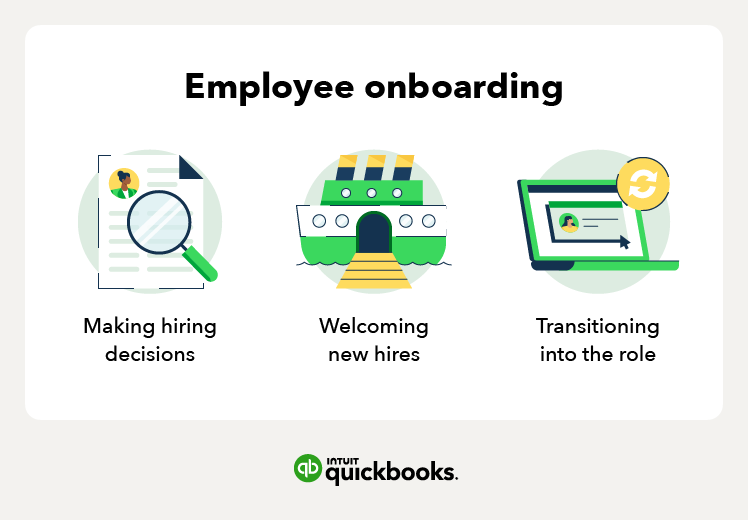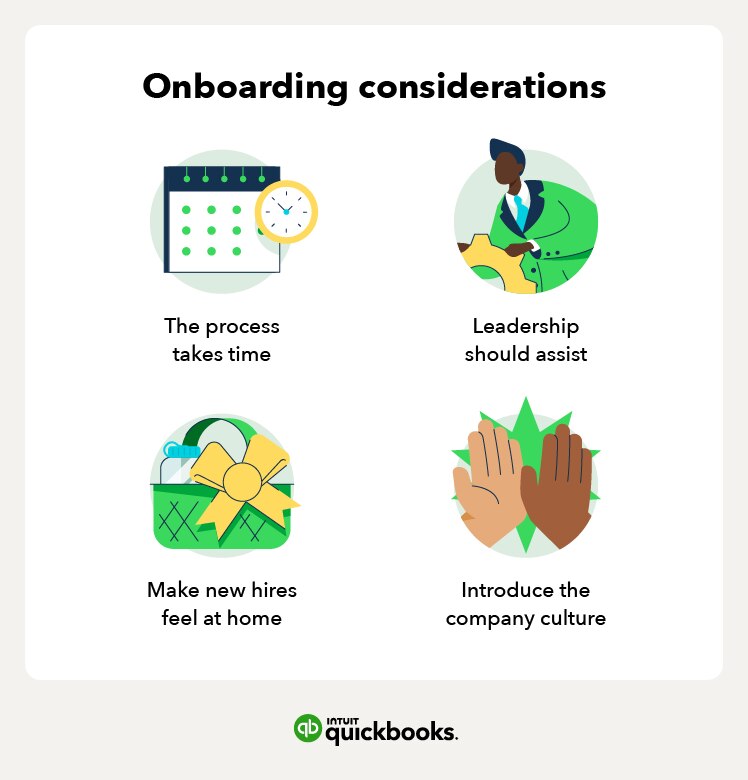3 tips for conducting a performance review
Annual performance reviews are a common experience at many companies, but if you’re only meeting with your employees once or twice a year, you’re missing opportunities to connect. A consistent quarterly review process can keep employees on track and engaged.
Employees should always know how they’re performing, if they’re meeting expectations and what they’re responsible for. There shouldn’t be any surprises in their year-end performance review. A quarterly review presents an opportunity to discuss an employee’s goals and how you can work together to achieve them.
The review process itself is unique to your team and your company. Do what works best for you—just make sure you do it. Here are 3 tips to help you make your quarterly reviews successful:
Tip 1: Make it official
Don’t meet for the sake of meeting. Set an agenda, come prepared and document the conversation.
Tip 2: Make it a two-way street
In addition to giving feedback to your employee, ask for feedback. What’s going well? What could be better? What can you improve as a leader?
Tip 3: Take action
Every review should end with clear actions and next steps. And don’t forget to follow up.
Additionally, a quarterly review is a great time for you to gather feedback. A successful quarterly review is a two-way conversation. It helps both parties understand what’s working well and what could use some improvement. When done right, a quarterly review process can benefit you and your employees.




















